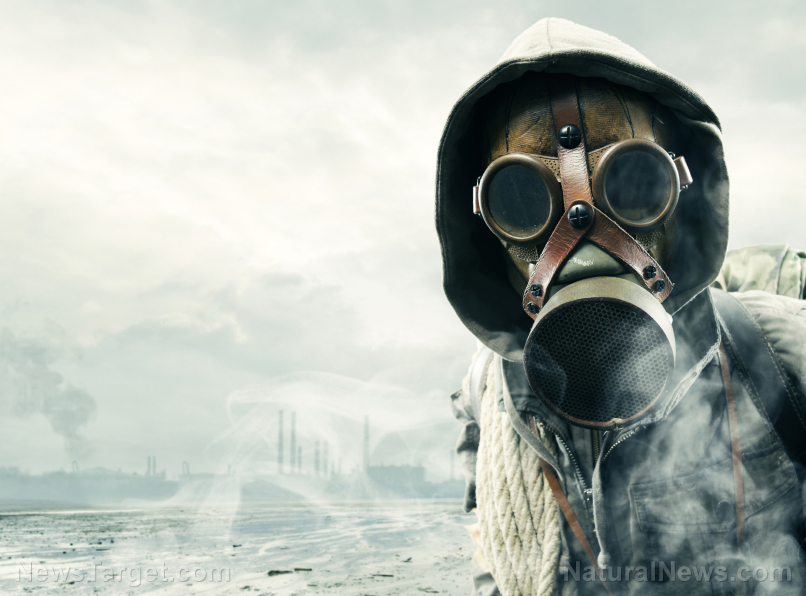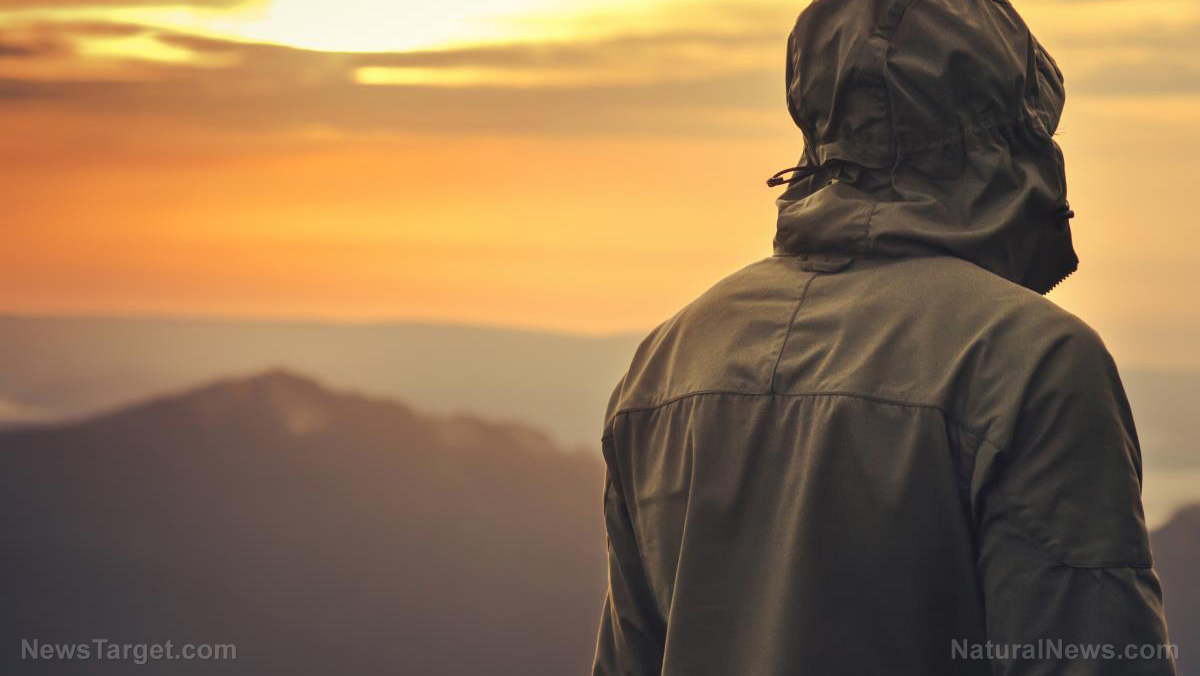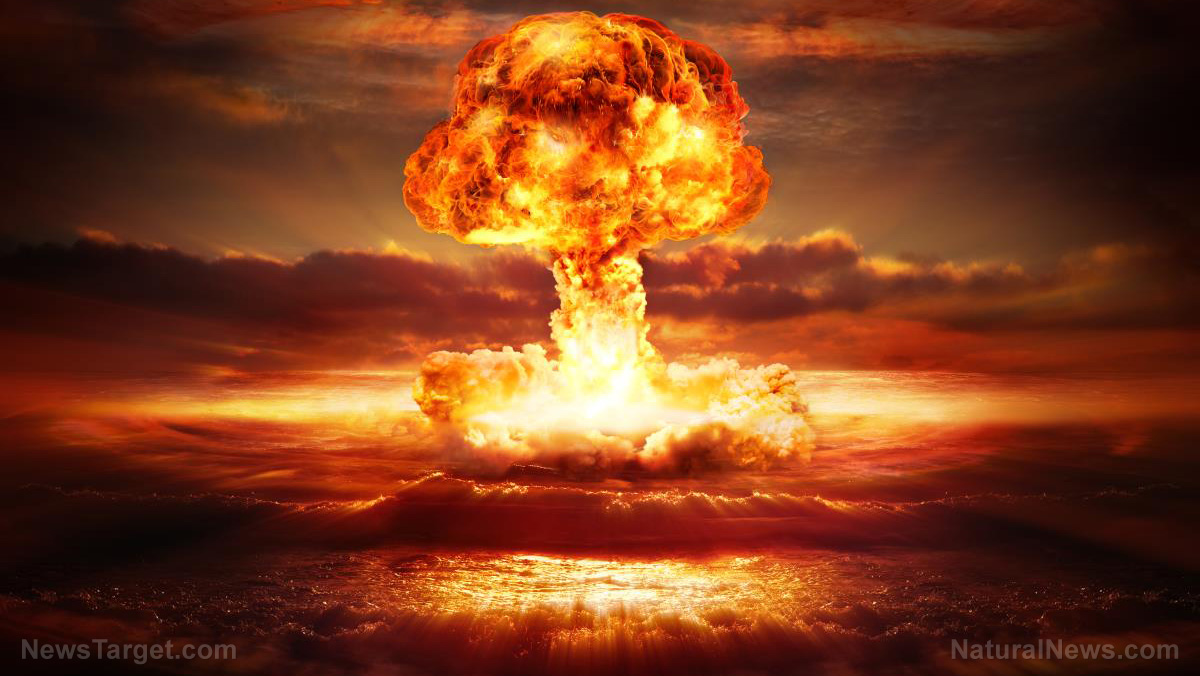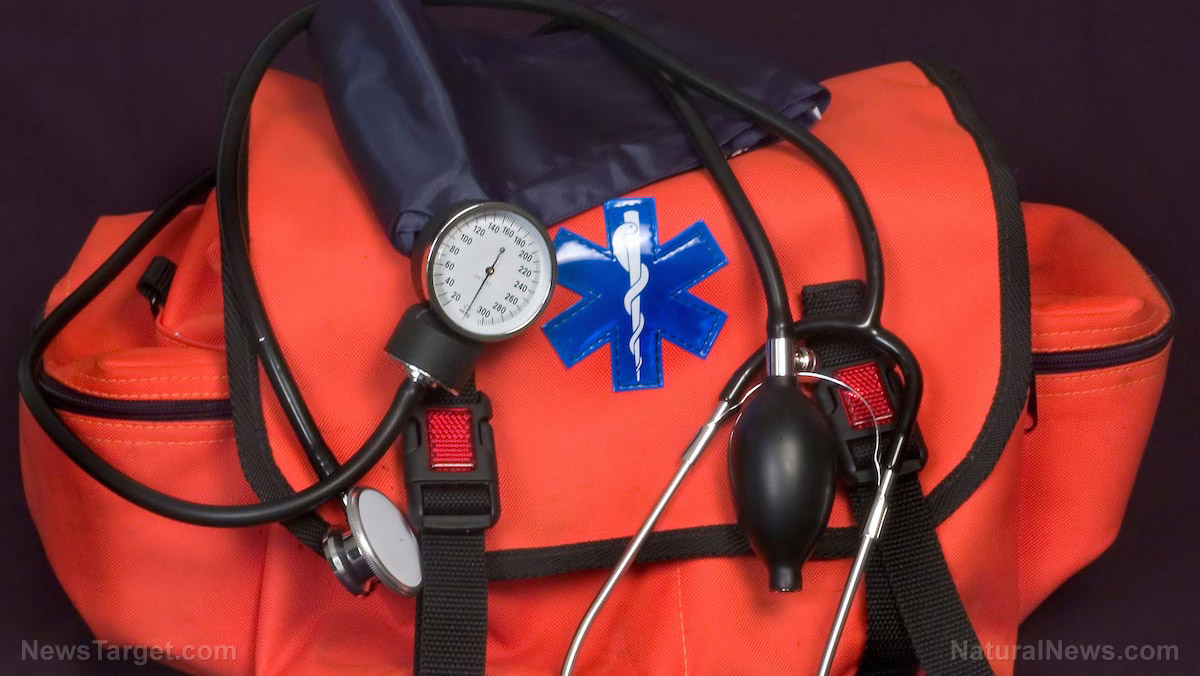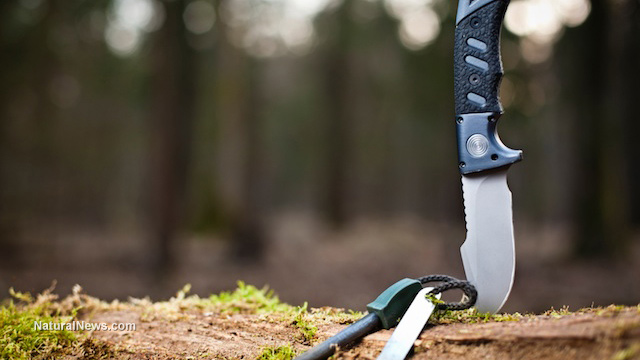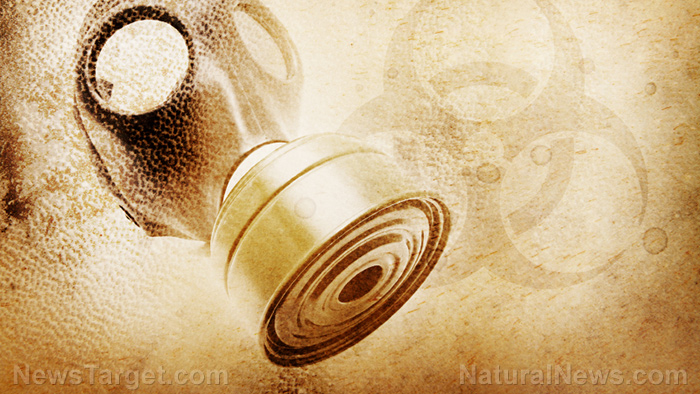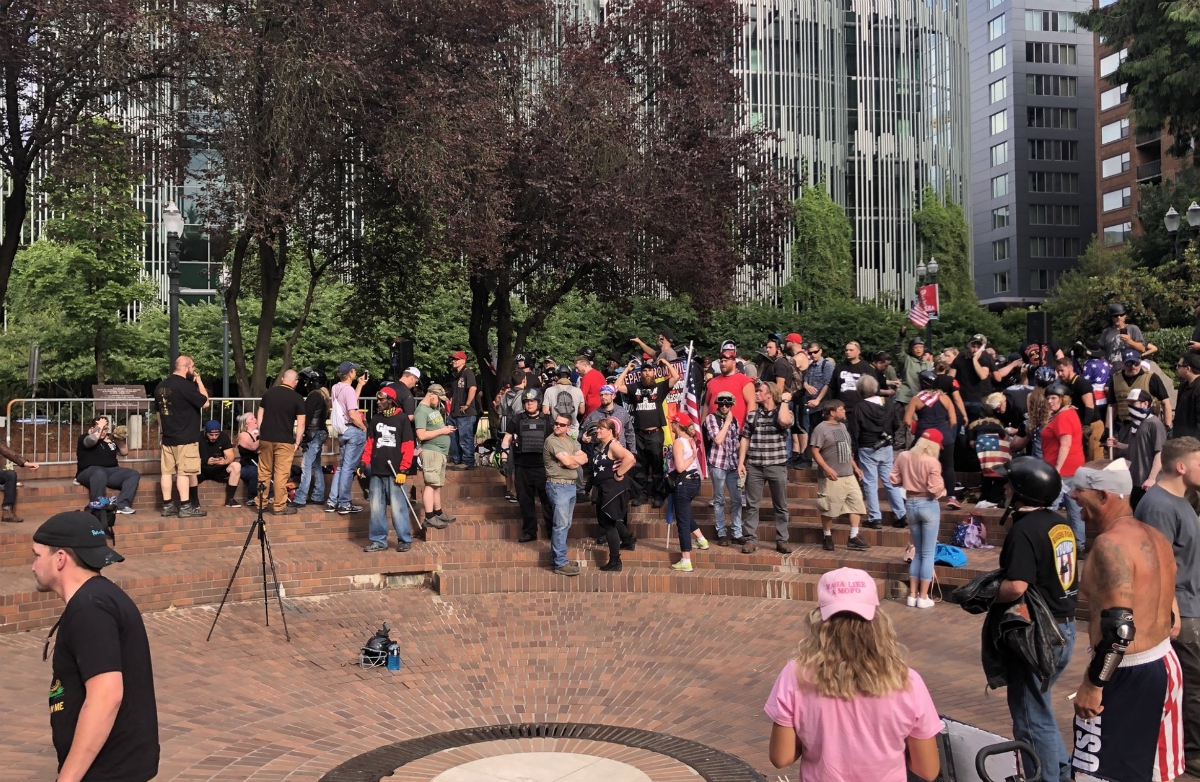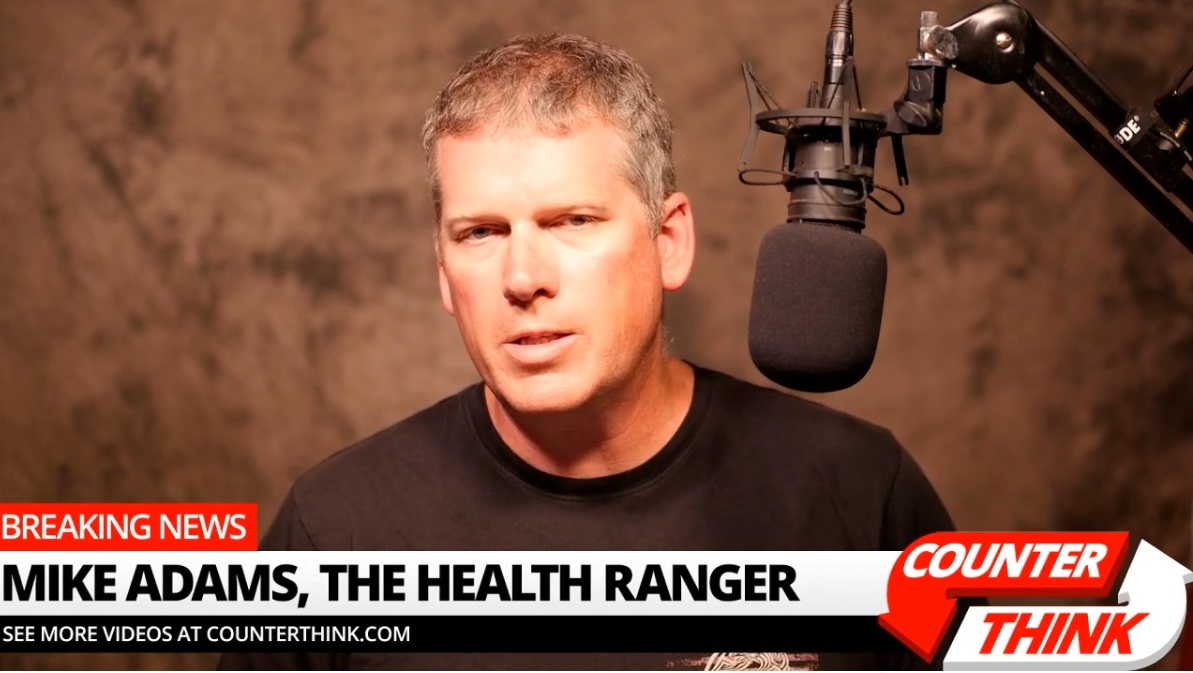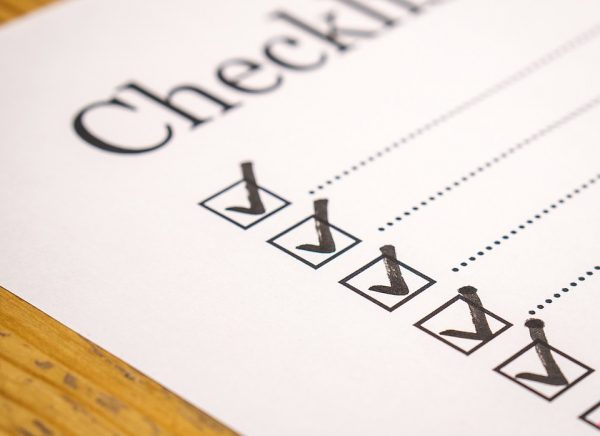Gas masks (or respirators) help protect our respiratory system by acting as a filter for the air we breathe. These masks are often used by people like police officers and spray painters.
While civilians may not spend too much time thinking about gas masks or respirators, preppers know that a gas mask can help you stay safe when SHTF and you’re faced with various irritants and dangerous substances. (h/t to MySurvivalPlan.com)
The gas masks or respirators that most preppers use are based on the same principle:
- The air is pulled into the canister, which has a filtering system with three layers: an aerosol filter, charcoal filter, and dust filter.
- The air is then released towards the interior of the mask.
- The filtered air is now safe to breathe. Air is sucked into the canister of the gas mask as you breathe.
There are different kinds of gas masks, and a mask is a must-have for serious preppers, especially in the event of a chemical or biological attack. Gas masks can also give you an edge when you’re in a combat zone since it can filter out heavy smoke and dust clouds.
There are two main types of gas masks: half masks and full masks. A half mask will only cover your mouth and nose, and they’re used for spray painting. These are recommended if you know what contaminant you’re dealing with.
Always wear a full gas mask when you’re faced with hazardous contaminants or if you have no idea what you’re facing. This type of mask can protect your respiratory system, but it’ll also protect your eyes and face from dangerous agents (like anthrax).
Here are some items you may consider if you’re looking for a high-quality gas mask:
- ADVANTAGE 1000 CBA-RCA gas mask – The 1000 CBA-RCA mask is made in the U.S., and it was developed based on a U.S. Military design that the USAF used during Operation Desert Storm. It has a Hycar facepiece, making it 40 percent lighter compared to other full gas masks. The mask is a customizable fit, and it comes with a standard nose cup to prevent the visor from fogging. The mask also has a mechanical speaking diaphragm. The one-piece visor is “extremely tough” and provides a great field of vision. The canister can be mounted on both the left and the right side of the mask and can prevent all sorts of biological and chemical agents (e.g. Mustard gas, Lewisite, etc.). The head harness is adjustable and stable. The mask has an ID tag attached to it, and it includes a CBA-RCA canister.
- Israeli Civilian gas mask – Issued by the Israeli government and approved by the North Atlantic Treaty Organization (NATO), the Israel Civilian gas mask is an affordable option. It is one of the standard gas masks used for civilian protection. The mask is suitable for use during an evacuation scenario from a contaminated area. The mask is made of a soft but durable rubber that covers the whole face. Available as a full mask, this offers great protection for both the respiratory system and the entire face. It has efficient NBC (nuclear, biological, chemical) filters that can protect you from almost any contaminant. This mask is available for both children and adults. (Related: How to Survive a Nuclear Fallout.)
- M61 Finnish gas mask – Developed in Finland, the MA61 model can be used as a heavy-duty gas mask. It’s a side-mounted mask, and it is made from an extremely durable rubber that is also soft and flexible. It can easily encase the face of the wearer and protect you from “noxious fumes or chemical agents.” The gas mask has a twin goggle system instead of a single visor. The exhalation system has a plastic valve with an integrated speech diaphragm which allows for better communication.
There are more gas mask models to choose from, but keep in mind that price doesn’t always reflect quality. Do your research before purchasing to find the best bargains.
Considerations before buying a gas mask
Keep these factors in mind before you purchase a gas mask:
- Communication – Make sure you can still communicate even if you’re already wearing the gas mask.
- Drinking – This is important, especially if the threat is a long-term one or if you are stuck outdoors when the weather is hot. Some older military gas masks have straws that can be plugged into a canteen cap.
- Filters – Replacement filters are something to consider, so stock up on backup filters. The mounting position of the filters can also determine if a particular model suits your needs. Consider buying a model that lets you mount filters on the left or right side to free up your cheek for a good stock/cheek weld when sighting.
- Visibility – This is an important factor, especially if you are planning to wield a weapon accurately when wearing the gas mask. Always practice aiming and shooting with your weapon while wearing the gas mask so you can get used to it. Do this before you are in the situation where you need to fire accurately.
Learn more about proper survival gear and clothing for when SHTF at Gear.news.
Sources include:
MyFamilySurvivalPlan.com
ThePrepperJournal.com

